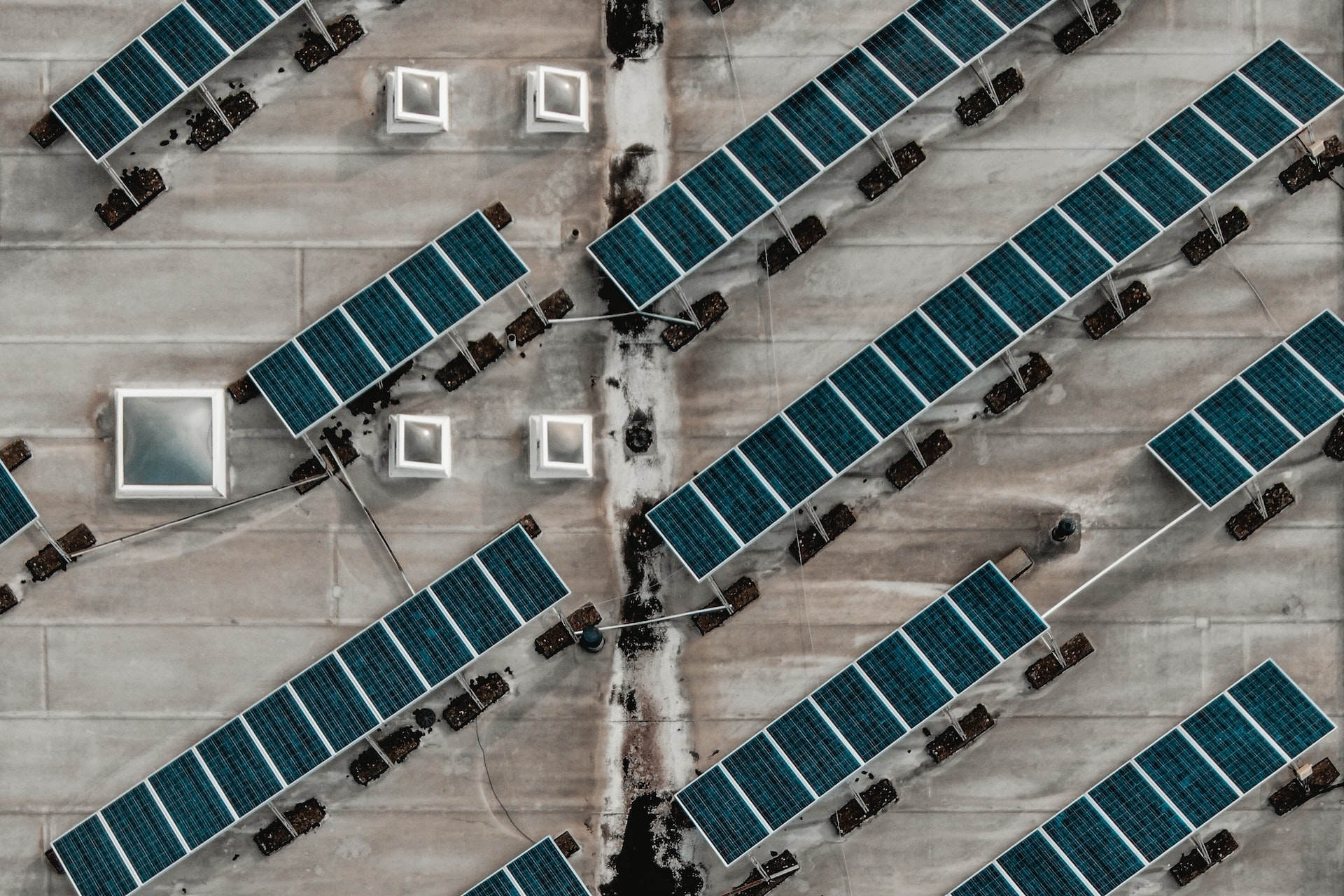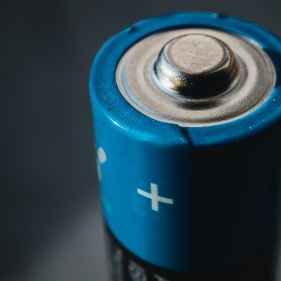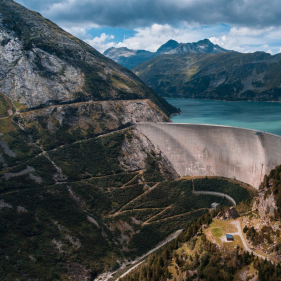This article was first published by Marsh here.
With buildings and construction accounting for around 40% of global carbon emissions, there is increasing pressure to decarbonise the real estate arena. Solar best optimises the trade-off between commercial return, reputational benefits, and practical feasibility over other renewable energy and decarbonisation options. Solar PV has low physical complexity and operational requirements, which facilitate strong strategic returns in terms of reputation and customer acceptance, as well as a financial payback of around 15 years.1 So why rooftop solar?
- Competitive Advantage: An abundance of roof space, and a captive on-site customer base for power produced, provides building owners a unique competitive advantage.
- Customer Differentiator: Opportunity to create a differentiated site proposition to customers aligned with their own carbon reduction commitments.
- Financial Return: Possibility of generating respectable returns at a lower cost of capital, either by adding to rental value or leasing roof space to third parties.
- Comparative Simplicity: Solar PV is comparatively cheap and easy to install and operates while making an impact from a financial and reputational perspective.
Risk Considerations
There are several risk controls and considerations when adopting Solar PV.
- There are known issues around sub-standard installation, design, and maintenance regimes. A certified vendor should be used and all equipment, such as inverters, motor generators, PV modules, PV panels, AC and DC modules, DC-to-DC converters, and charge controllers intended for use in PV systems should be listed or field labeled for the PV application.
- Inadequate maintenance potentially leading to increased risk of fire or power supply disruption. Consider regular maintenance (utilising certified technicians, for instance via third party resources) for inspections of wirings, fuses, switches, earth grounding, and ensuring panels are clean and free of combustibles.
- Risk of electrical fire from the panel system, within either the componentry or following damage. The resultant damage can be exacerbated if it is close to other roof installations, debris, or combustible material, such as composite panelling. For this reason, all the above deck roof components should be of non-combustible material or have acceptable fire and smoke spread characteristics (for instance, ASTM E108-20a and UL 790 provide fire test methods for roof coverings).
- PV panels increase the combustible loading of building roofs. Consider installing monitored, automatic fire detection, through either linear heat detection cable or use of infrared (IR) cameras. In addition, consider online/automatic current measurements (this would alarm and enable rapid shutdown of the system) and certified active fire protection systems, such as foam and water sprinklers. Take into account the additional weight on building/roofing structures due to these additional safety elements, avoid use of combustible piping material (e.g. PVC piping, although light, may be at risk in the event of a fire) and consider the impact on fire suppression performance under strong wind conditions.
- Allow sufficient roof area for firefighting access so the Fire Service can cut through the roof easily to access the building if they need to.Battery energy storage systems and oil-filled transformers should be located against non-combustible materials (e.g. walls) and away from any storage areas and combustible materials.
- If multi-plane tracker positioning of the PV modules is installed, consider minimising the risk associated with potential fires to the hydraulic oil system– for instance, use of synthetic oils, higher flash point oils, ensuring maximum separation of the oil reservoir from combustible materials, minimise use of fittings and joints. Utilise longer runs of hard piping where possible, and give careful consideration to the design, application, construction, and installation of connections (rotating ball joints, flexible hoses).
- The fire risk assessment should be updated after installation and the local fire service informed. The fire service should then have visited the site to familiarise themselves with the change in risk profile and the controls, including the location of the isolation switch.
- Panel fires can produce toxic fumes and by-products, which present a life and environmental safety hazard. The chemical makeup of PV panels includes cadmium, arsenic, sulphur, silicon tetrachloride, hexafluorides. An emergency response plan that incorporates actions to minimise life, environmental, and property damage should be formalised and established.
- The panels are prone to impact damage from storms and hail stones, causing arcing and shorting of electrical componentry. This could lead to subsequent fire as electricity production continues. An easily and safely accessible fireman’s switch or circuit breaker should be installed. Select PV modules that have the appropriate wind impact ratings and have passed tests that simulate impact by hail sizes expected of the location. It is suggested to avoid installation of rooftop PV panels in areas where the design wind speed is equal to or greater than 45 m/s (100 mph) to avoid wind pressure or lift and windborne debris. For areas in seismically active zones, consider non-structural seismic shake damage to electrical equipment. Appropriately designed restraints to PV elements, piping, and electrical conduits may be needed.
- Theft and vandalism of the panels and componentry (safety switches and battery units, for example); environmental damage; and cybersecurity (particularly where solar units and battery storage systems are accessed remotely for monitoring, control and maintenance), are other threats to be considered.Refer to the National Fire Prevention Authority (NFPA)2 and Factory Mutual (FM) (1-15 Roof-Mounted Solar Photovoltaic Panels),3 which have guidelines / standards, both of which are trusted by insurers.
Insurability Viewpoint
Insurers are aware of the risks relating to this technology; rates are determined by size and voltage delivery of the installation. It is worth noting that not all insurers endorse Solar PV, and some only providing cover up to a certain voltage.Given the different types of configurations and construction materials used for buildings where rooftop solar PVs are being installed — as well as the varied natural hazard exposures associated with their locations — organisations should consult their advisers when considering installation, in order to avoid difficulties at a later stage.
[1] https://www.theguardian.com/money/2022/aug/20/solar-panels-how-to-fix-your-energy-bills-while-the-sun-shines
[2] https://www.nfpa.org/News-and-Research/Publications-and-media/Blogs-Landing-Page/NFPA-Today/Blog-Posts/2019/07/16/mapping-the-codes-for-solar-photovoltaic-pv-systems




